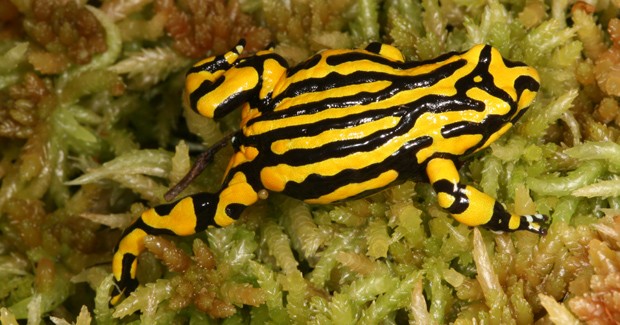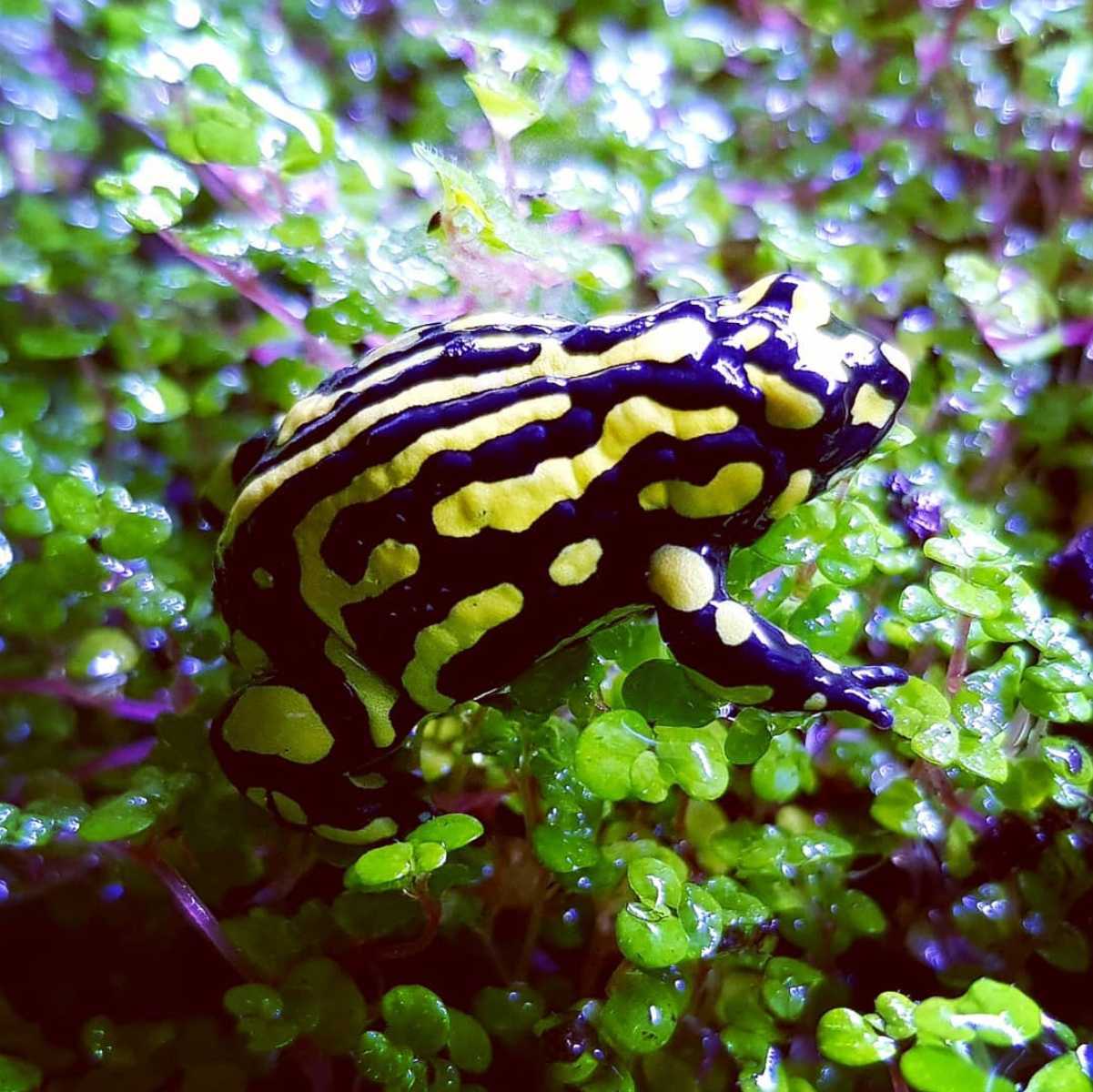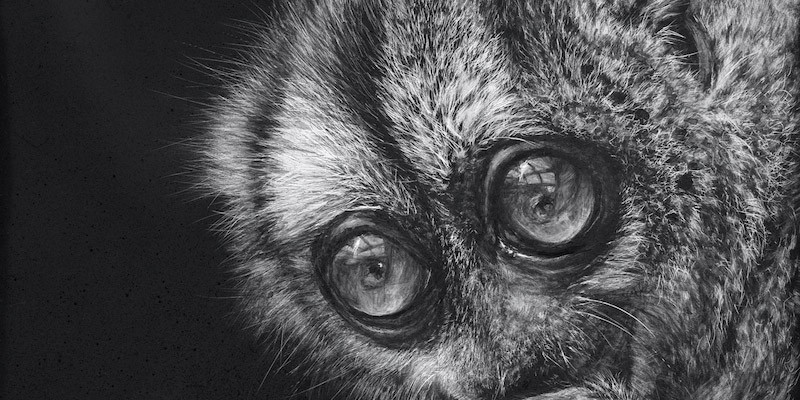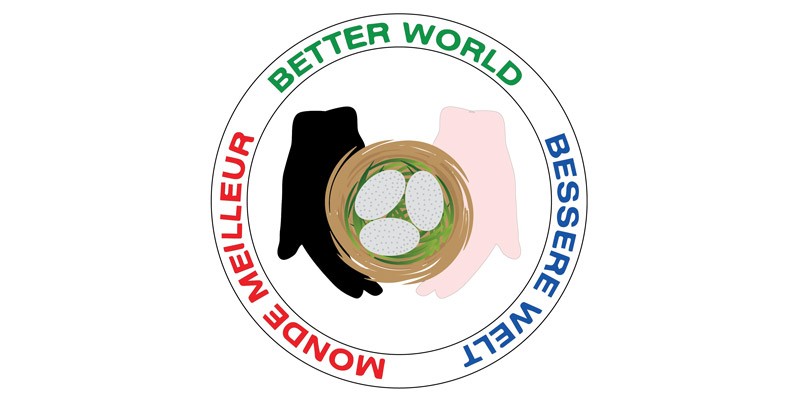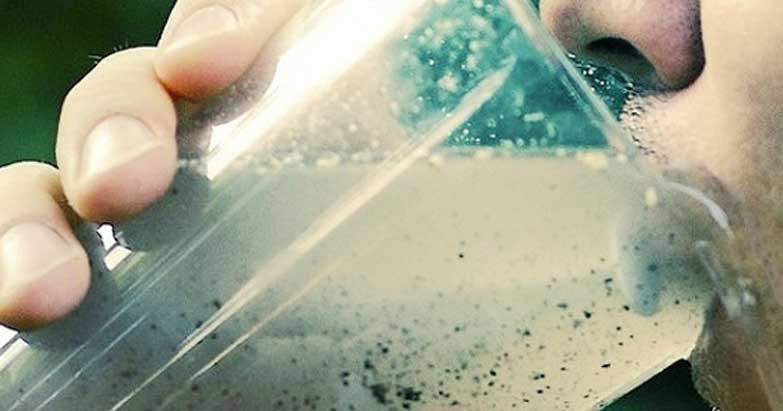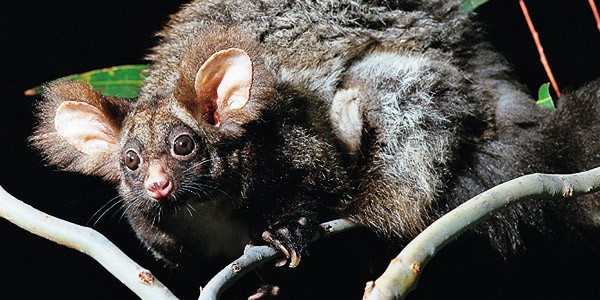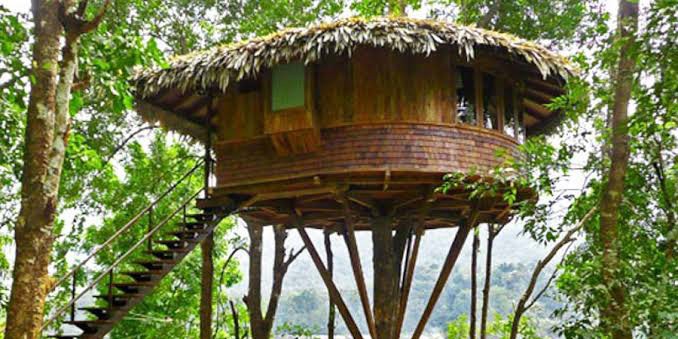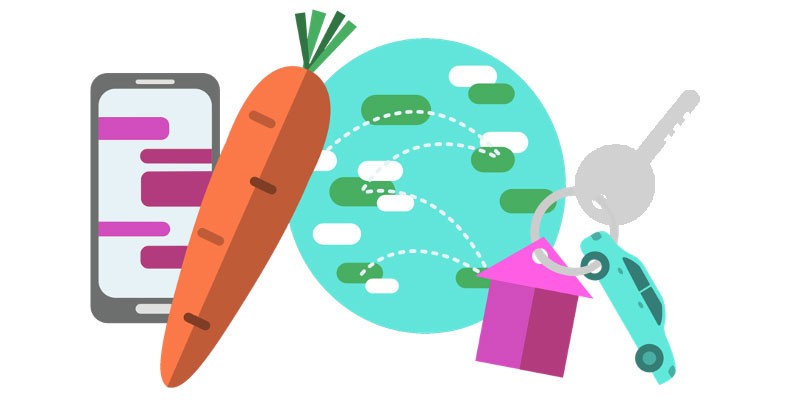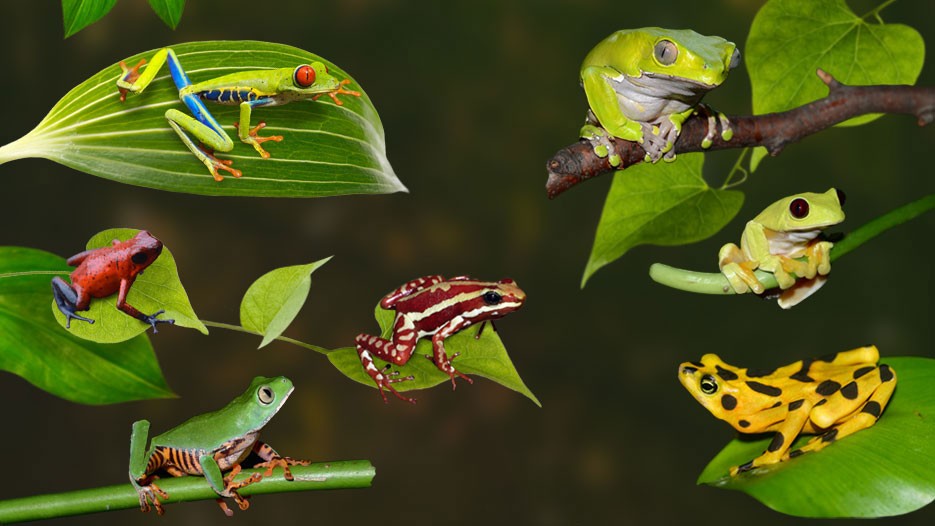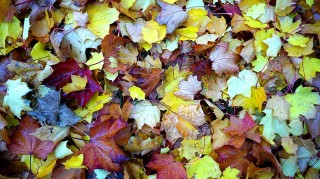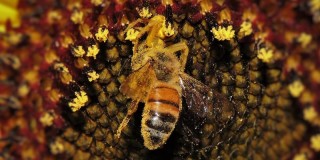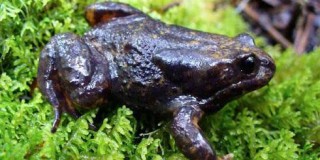The Southern Corroboree Frog, Pseudophryne corroboree, is a critically endangered small, poisonous ground-dwelling frog that's native to the Southern Tablelands of Australia. It's unique in that it’s the only poisonous frog to produce its own poison, unlike other frogs that must consume poisonous ants or other prey.
These tiny frogs don't breed until four years of age, and hibernate during the winter. The species was considered relatively numerous within its very small distribution area in the 1970s but is now found only within a fragmented alpine region of less than 10 km² in the Snowy Mountains.
Considered one of Australia's most endangered species, it is threatened by Chytrid Fungus. The fungus is spread by the Common Eastern Frog, a species that's resistant to its effects. David Hunter of the NSW Office of Environment and Heritage has been working with Taronga Zoo and Zoos Victoria in a breed and release program and has had some success in isolating Corroboree frogs from these chytrid carriers in the wild. This has been achieved by releasing the Corroboree Frogs in areas where the Common Eastern Frog is not found, and by creating physical barriers to isolate the two species.
Apart from threats by the Chytrid Fungus, the frogs are also threatened by "habitat destruction from recreational 4WD use; development of ski resorts; feral animals; degradation of the frogs' habitat; the extended drought cycle affecting much of southeastern Australia at present; and increased UV radiation flowing from ozone layer depletion."
BREEDING PROGRAMS
Take Action
- Visit the Southern Corroboree frog at Healesville Sanctuary

